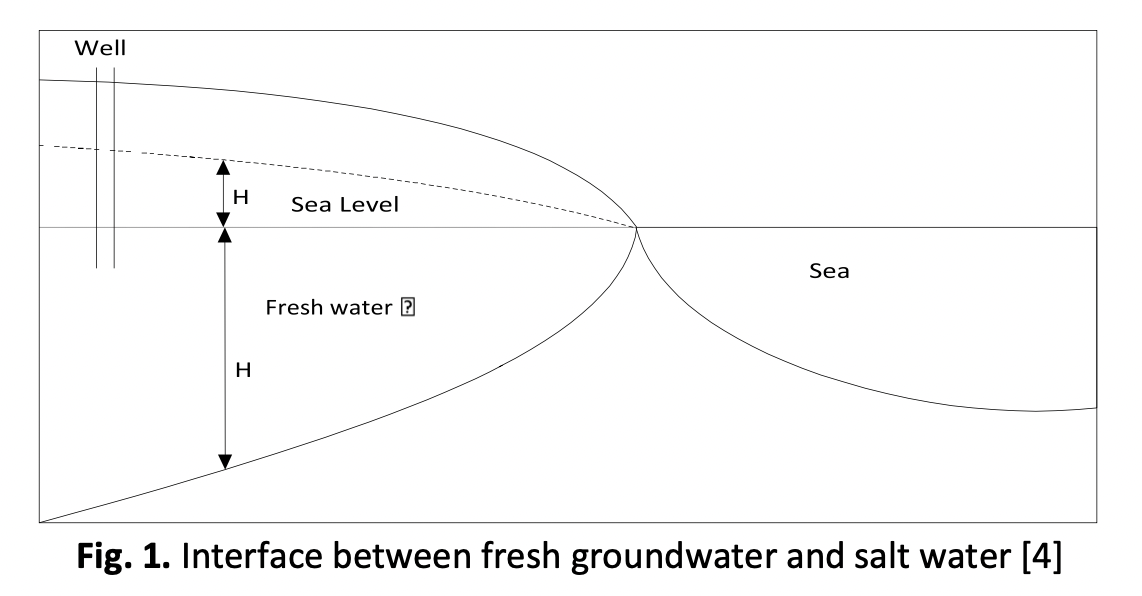Connate Water Distribution Zone Affecting Groundwater Quality of Semarang City Coastal Plain
DOI:
https://doi.org/10.37934/araset.31.2.245254Keywords:
Connate water, groundwater, brackish water, sedimentary rocksAbstract
Semarang City Coastal Plain is an alluvial plain with groundwater conditions that have a salty, slightly brackish, or brackish taste, and some are fresh. The limited availability of fresh water on alluvial plains is caused by several factors, including the influence of seawater on coastal aquifers. There is connate water or water trapped in the clay layer will affect the quality of groundwater to be brackish or salty. Connate water is water trapped in the cavities of sedimentary rocks, since the deposition occurred. The process is caused by seawater entering the land, or seawater that is trapped during the sedimentation process. The results of the study using the hydro stratigraphic estimation method showed that there were several distributions of salt water that were trapped or trapped in the cavities of sedimentary rocks along the coastal plain of Semarang city. The trapped salt water can be predicted to be caused by the phenomenon of connate water. Based on map data, it is shown that the coastline of the city of Semarang around the 900s, is in the Simongan area with a line extending eastwards along the Brintik or Bergota mountain area. Geological and sedimentation factors cause changes in the coastline towards the north, and can result in salt water being confined or trapped in rock cavities.




























